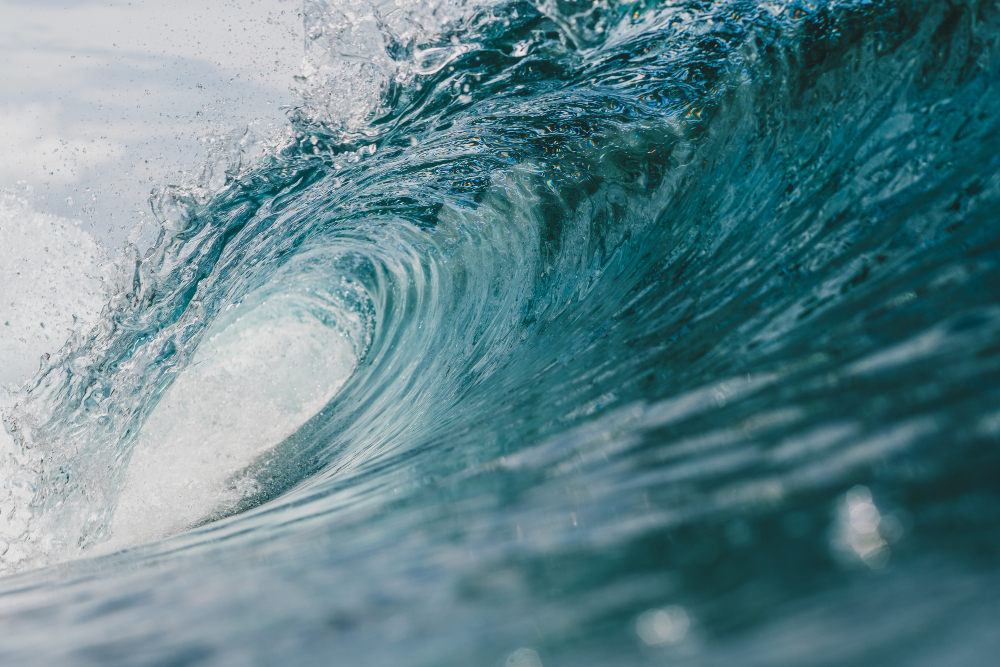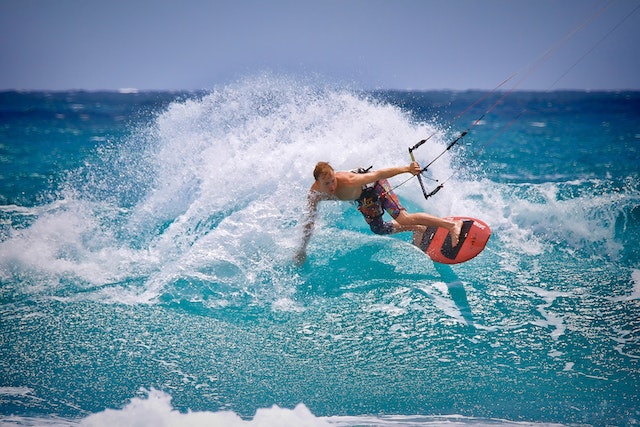Table of Contents
| Sr# | Headings |
|---|---|
| 1. | Introduction |
| 2. | What is Surfing Etiquette? |
| 3. | The Golden Rule: Respect Others’ Space |
| 4. | Right of Way: Navigating the Waves Safely |
| 5. | Wave Priority: Who Goes First? |
| 6. | Dropping In: Avoiding Interference |
| 7. | Paddling Etiquette: Mind the Traffic |
| 8. | Communicating Non-Verbally in the Lineup |
| 9. | Handling Wipeouts with Grace |
| 10. | Environmental Respect: Leave No Trace |
| 11. | Surfing with Aloha Spirit |
| 12. | Surfing Etiquette at Crowded Breaks |
| 13. | Dealing with Localism: Respect the Locals |
| 14. | Surfing Photography: Ask Before You Snap! |
| 15. | Conclusion |
Introduction
Welcome to the thrilling world of surfing, where waves and camaraderie intertwine to create unforgettable experiences. Whether you’re a beginner or an experienced rider, understanding surfing etiquette is vital to fostering a harmonious lineup and maximizing your surf session. In this article, we’ll explore the dos and don’ts of surfing etiquette, guiding you through the unspoken rules of the waves.
2. What is Surfing Etiquette?
Surfing etiquette is an unspoken code of conduct that governs surfer behavior in the lineup. It’s a set of guidelines designed to ensure safety, respect, and camaraderie among surfers, regardless of their skill level. By adhering to surfing etiquette, you’ll not only have a more enjoyable surfing experience but also earn the respect of fellow surfers in the community.
3. The Golden Rule: Respect Others’ Space
Imagine you’re sharing a wave with friends; you’d want them to respect your space, right? The same goes for surfing. Always maintain a respectful distance from other surfers to prevent dangerous collisions. Avoid “dropping in,” which means stealing someone else’s wave, as it’s a surefire way to upset fellow surfers.
4. Right of Way: Navigating the Waves Safely
Just like traffic rules on the road, there are right-of-way rules in the lineup. The surfer closest to the breaking part of the wave has the right of way. If you see someone riding a wave, don’t paddle into their path; instead, paddle around the wave to avoid interfering with their ride.
5. Wave Priority: Who Goes First?
Understanding wave priority is crucial in crowded lineups. The first surfer to paddle for a wave has priority. If you’re already riding a wave and another surfer is paddling for it, gracefully exit to prevent a collision. Remember, there will always be more waves to catch.
6. Dropping In: Avoiding Interference
Dropping in occurs when a surfer starts riding a wave in front of someone who has priority. It’s a major breach of etiquette that can lead to conflicts in the lineup. To avoid dropping in, always check for other surfers’ positions before taking off on a wave.
Key Points:
- Check for wave priority before catching a wave.
- Avoid “stealing” waves from fellow surfers.
7. Paddling Etiquette: Mind the Traffic
Paddling through the lineup requires attentiveness to avoid collisions. When paddling back out after catching a wave, do so outside the main lineup area to prevent obstructing others. Also, be aware of surfers riding waves, and never paddle straight into their path.
8. Communicating Non-Verbally in the Lineup
In the water, verbal communication can be challenging due to the noise of crashing waves. Surfers often use hand signals and eye contact to communicate their intentions. Learn these non-verbal cues to effectively interact with others in the lineup.
9. Handling Wipeouts with Grace
Wipeouts are part of surfing, but how you handle them matters. When you wipeout, try to maintain control of your board to avoid endangering other surfers. After resurfacing, retrieve your board quickly to prevent it from becoming a hazard.
10. Environmental Respect: Leave No Trace
As surfers, we have a responsibility to protect our oceans and beaches. Dispose of your trash properly, and if you spot any litter in the lineup, consider picking it up. Let’s leave our surf spots cleaner than we found them for future generations to enjoy.
11. Surfing with Aloha Spirit
The Aloha spirit embodies kindness, respect, and love for others. Bring this philosophy into the lineup by encouraging and supporting fellow surfers, especially beginners. Embrace the spirit of camaraderie and make surfing a positive experience for everyone.
12. Surfing Etiquette at Crowded Breaks
Surfing at crowded breaks can be challenging, but with the right approach, it can be enjoyable for everyone. Show patience, be respectful, and wait your turn for waves. Remember, aggressive behavior only disrupts the harmony of the lineup.
13. Dealing with Localism: Respect the Locals
Some surf spots have tight-knit communities known as “locals.” Show respect to the locals by observing the lineup dynamics and waiting your turn. Being friendly and understanding goes a long way in gaining acceptance in these surf communities.
14. Surfing Photography: Ask Before You Snap!
Surfing is a visually captivating sport, and photography in the lineup is common. If you’re taking photos of surfers, always ask for their consent first. Not everyone may be comfortable being photographed while riding waves.
15. Conclusion
By mastering surfing etiquette, you’ll not only enhance your surfing experience but also contribute to a positive and inclusive surfing community. Respect others, follow the right-of-way rules, and communicate effectively in the lineup. Embrace the Aloha spirit and leave no trace behind. Remember, a little etiquette can go a long way in making every surf session enjoyable for everyone.
FAQs
- What should I do if someone drops in on me?
- If someone drops in on you, try to communicate non-verbally to avoid a collision.
- How do I handle a wipeout without endangering others?
- Keep a firm grip on your board during a wipeout and retrieve it quickly after resurfacing.
- Are there any hand signals used in the lineup?
- Yes, surfers often use hand signals to communicate their intentions in the water.
- How can I gain acceptance in a local surf community?
- Show respect to the locals, observe lineup dynamics, and be friendly and understanding.
- Can I take photos of other surfers in the lineup?
- Yes, but always ask for their consent before taking any photos.
Remember, adhering to surfing etiquette fosters a welcoming and enjoyable surfing environment for all, ensuring everyone catches their fair share of waves with a smile. Happy surfing!


